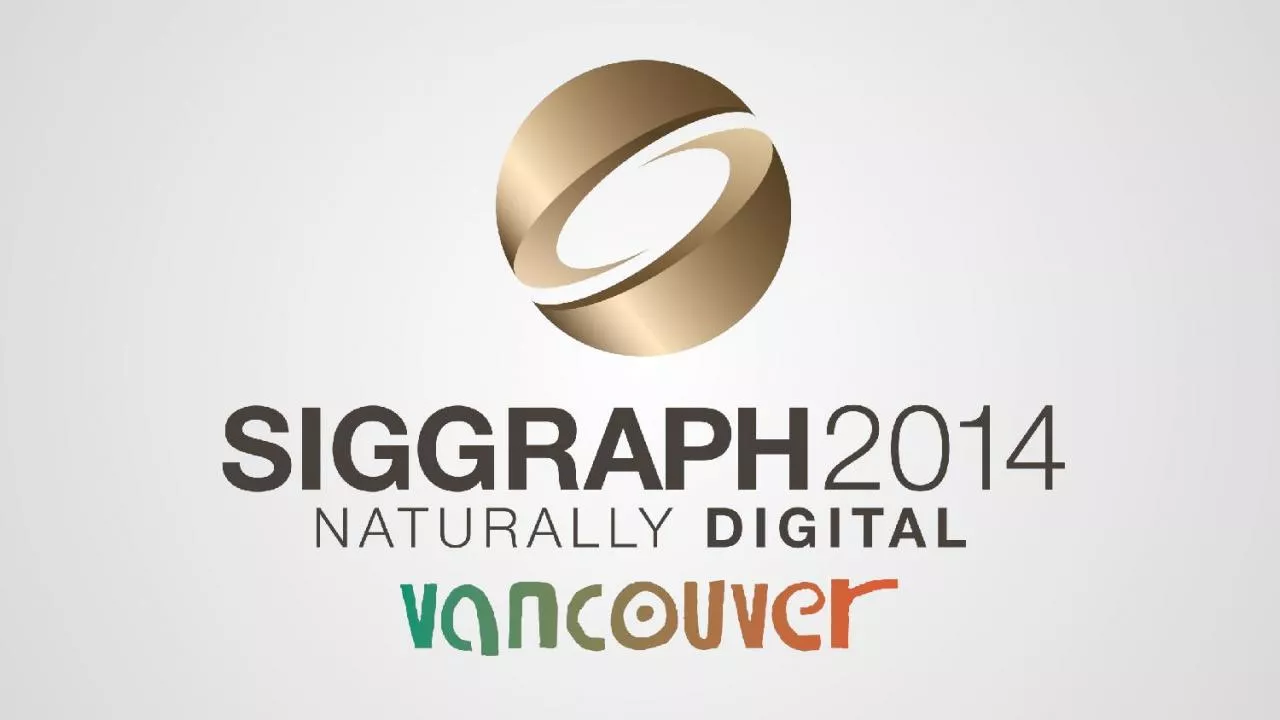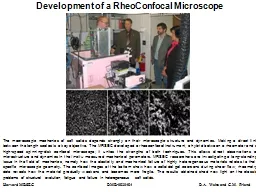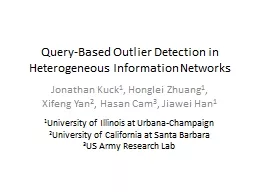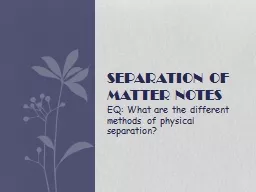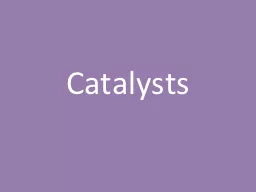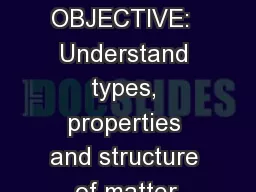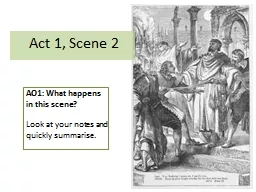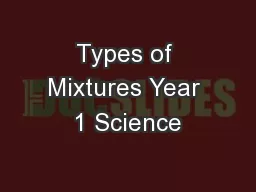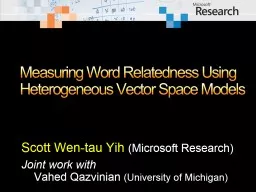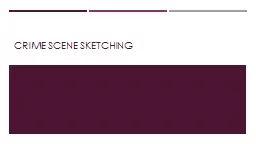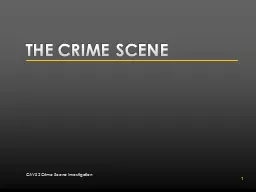PPT-Organizing Heterogeneous Scene
Author : berey | Published Date : 2022-06-18
Collections through Contextual Focal Points Kai Xu Rui Ma Hao Zhang Chenyang Zhu Ariel Shamir Daniel CohenOr Hui Huang Shenzhen VisuCA Key Lab
Presentation Embed Code
Download Presentation
Download Presentation The PPT/PDF document "Organizing Heterogeneous Scene" is the property of its rightful owner. Permission is granted to download and print the materials on this website for personal, non-commercial use only, and to display it on your personal computer provided you do not modify the materials and that you retain all copyright notices contained in the materials. By downloading content from our website, you accept the terms of this agreement.
Organizing Heterogeneous Scene: Transcript
Download Rules Of Document
"Organizing Heterogeneous Scene"The content belongs to its owner. You may download and print it for personal use, without modification, and keep all copyright notices. By downloading, you agree to these terms.
Related Documents

